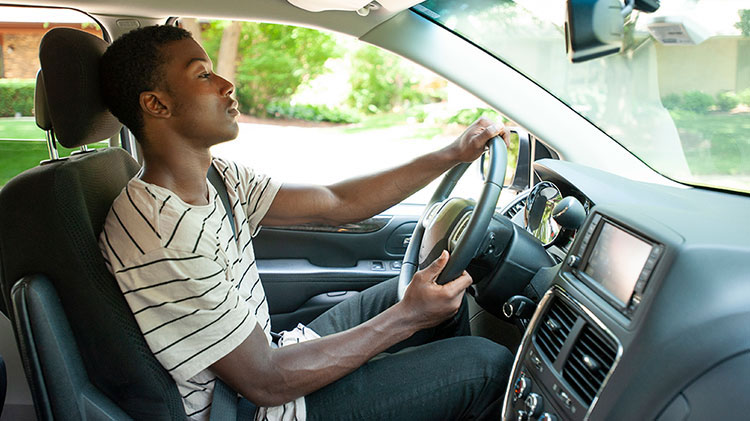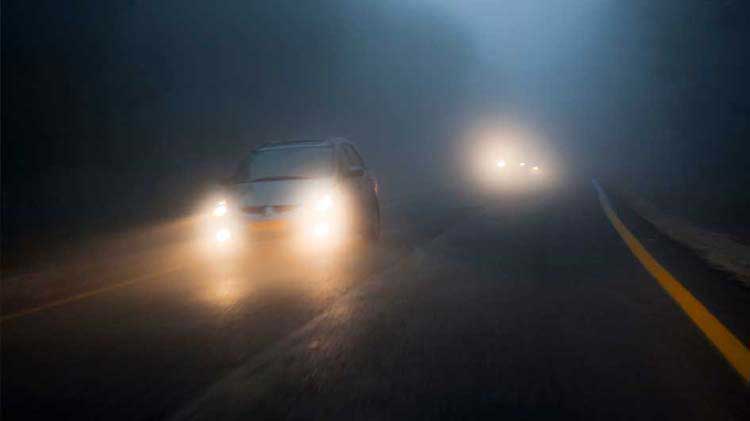Tips for driving on the highway
Whether you are a new driver or a seasoned one, here are some safe driving tips for how to navigate both the interstate and highway. This includes day and night driving tips, plus defensive driving measures and more.
How many times have you started a long drive on the highway or interstate without first considering your physical and/or mental condition? Assessing how you actually feel is an important first step for any long road trip. Are you tired, sluggish or feeling under the weather? If so, maybe it's best to delay the trip, as the risks of driving while your energy tank is running on empty are very real. Here are some tips about how to drive on the highway or interstate.
Avoid driving distractions
Distracted driving is a common cause of accidents on our highways and interstates. People assume if you're on long stretches of road ahead, or driving in a fairly straight line, that it's ok to look away for a moment or two. It's not. Too many highway and interstate driving accident victims have repeated the same sentence afterwards: "I only took my eyes off the road for a brief moment... ." It's always best to keep your eyes glued to the road ahead, and save those distractions for later.
Adhere to safe driving by avoiding many common distractions while behind the wheel. These include things such as using your phone to talk or text, using a navigation system, eating, reaching for items and traveling with pets in your car.
Plan for weather conditions
Bad weather is another risk of highway and interstate driving. Many set out before first checking the weather forecast. This can be a major mistake. How many times have you seen those short, harrowing videos from inside cars on the highway or interstate? The ones where the road ahead is either densely fogged, flooded, in a white-out, or worse? Always plan ahead by checking the forecast for the duration of your scheduled journey.
Be aware of other drivers and surroundings
We've all come across that aggressive driver who appears out of nowhere and decides to ride our vehicle's backside. Not cool, right? Or when we're in the passing lane, the same Type A driver decides to pass us on the right side, which is one of the more dangerous moves anyone can make. Keep your distance while driving on highways and interstates. Also, watch for semi-trucks and emergency vehicles. If any vehicle is on the shoulder, check your surroundings and if possible, always move a lane away from the shouldered vehicle.
How to merge
And then there's the challenge of merging onto and off of the highway. Some people go way too fast, while others are far too slow. Both are equally dangerous! Knowing how to merge is as important as knowing how to drive on the interstate. Accelerate on the ramp while using quick glances so you are aware of the traffic in the lane you are trying to merge into. Have your turn signal on to alert other drivers of your intent to merge. It’s important to remember, merging onto the highway does not give you the right of way and you must yield to other drivers.
Watch your speed
Traveling at a high speed for a prolonged period can cause you to misjudge your true speed when the speed limit is reduced, especially a highway exit ramp. This condition, called Highway Velocitization, can be dangerous. At one time or another, we've all found ourselves on exit ramps, thinking "Oh, goodness — I'm going too fast!" Don't become a victim to it and possibly cause harm to yourself or others.
Take breaks
Nodding off while driving is a contributor to crashes and occurs frequently on highways. If you find yourself feeling drowsy, pull over at the nearest exit or rest area and recharge. Turning the music up or rolling the windows down isn't going to cut it. You need to get out of the car, get a snack or some water, walk around and stretch a bit, then reassess before getting back on the road.
And as an additional precaution, and before you go on your next road trip, make sure to check the tire pressure, have your proof of auto insurance available and have a car emergency kit in the vehicle.




